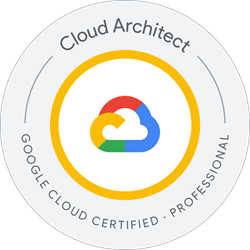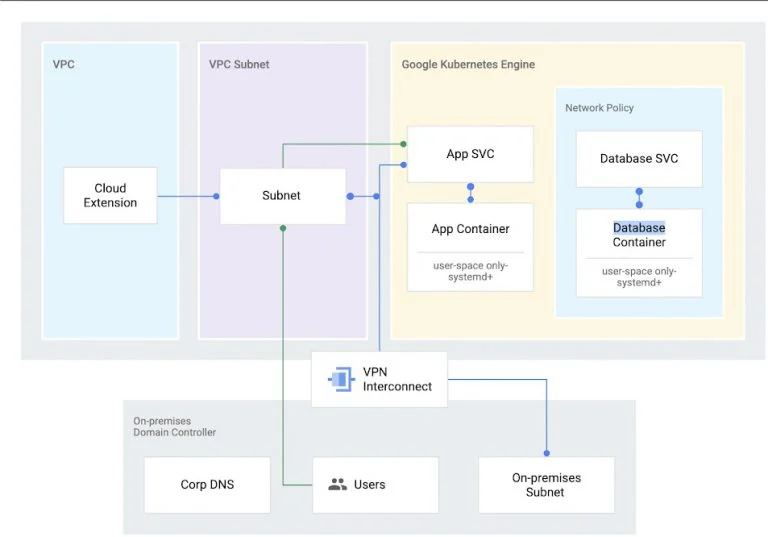Architecting with Google Kubernetes Engine

The Architecting with Google Kubernetes Engine course is a curriculum that teaches participants how to deploy and manage containerized applications on Google Kubernetes Engine (GKE) and other Google Cloud tools. The course combines lectures, demonstrations, and hands-on labs to explore and deploy solution elements, including infrastructure components such as pods, containers, deployments, and services, along with networking and application services. Participants will learn how software containers work, the architecture of Kubernetes and Google Cloud, and how pod networking works in Google Kubernetes Engine. They will be able to create and manage Google Kubernetes Engine clusters using the Cloud console and gcloud/kubectl commands, manage access control policies using Kubernetes RBAC and Cloud IAM, and monitor applications running on Google Kubernetes Engine. This course helps prepare for the Google Cloud Architect Professional Certification exam.
Course Objectives
Below is a summary of the main objectives of the Architecting with Google Kubernetes Engine Course :
- Deploy and manage containerized applications on GKE.
- Understanding Kubernetes and Google Cloud architecture.
- Creating and managing GKE clusters with the Cloud console and gcloud/kubectl.
- Manage access control policies with Kubernetes RBAC and Cloud IAM.
- Application Monitoring on Google Kubernetes Engine.
- Implement CI/CD pipelines for GKE deployments.
- Optimize GKE cluster performance and resource usage.
- Troubleshoot common issues in GKE environments.
Course Certification
This course helps you prepare to take the:
Google Cloud Certified Professional Cloud Architect Exam;
Course Outline
Module 1: Introduction to Google Cloud
- Identify Google Cloud services and their function.
- Choose the right Google Cloud services to create your own Cloud solution.
Module 2: Containers and Kubernetes in Google Cloud
- Create a container using Cloud Build.
- Store a container in Container Registry.
- Compare and contrast Kubernetes and GKE features.
Module 3: Kubernetes Architecture
- Conceptualize the Kubernetes architecture.
- Deploy a Kubernetes cluster using GKE.
- Deploy pods to a GKE cluster.
- View and manage Kubernetes objects.
- Conceptualize the migrate for Anthos process.
Module 4: Kubernetes Operations
- Work with the Kubectl command.
- Inspect the cluster and pods.
- View a Pod’s console output.
- Sign in to a pod interactively.
Module 5: Deployment, Jobs, and Scaling
- Create and use deployments.
- Create and run jobs and cronJobs.
- Scale clusters manually and automatically.
- Configure node and pod affinity.
- Get software into your cluster with Helm charts and Kubernetes marketplace.
Module 6: GKE Networking
- Create Services to expose applications that are running within Pods.
- Use load balancers to expose Services to external clients.
- Create Ingress resources for HTTP(S) load balancing.
- Leverage container-native load balancing to improve Pod load balancing.
- Define Kubernetes network policies to allow and block traffic to Pods.
Module 7: Persistent Data and Storage
- Use Secrets to isolate security credentials.
- Use ConfigMaps to isolate configuration artifacts.
- Push out and roll back updates to Secrets and ConfigMaps.
- Configure Persistent Storage Volumes for Kubernetes Pods.
- Use StatefulSets to ensure that claims on persistent storage volumes persist across restarts.
Module 8: Access Control and Security in Kubernetes and Kubernetes Engine
- Define IAM roles and policies for GKE.
- Define Kubernetes RBAC roles and role bindings.
- Define Kubernetes pod security policies.
Module 9: Logging and Monitoring
- Create forensic logs for systems monitoring.
- Monitor your system performance from different vantage points.
- Create probes for wellness checks on live applications.
Module 10: Using Google Cloud Managed Storage Services from Kubernetes Applications
- Understand use cases for Cloud Storage within a Kubernetes application.
- Understand use cases for Cloud SQL and Cloud Spanner within a Kubernetes application.
- Understand use cases for Datastore within a Kubernetes application.
- Understand use cases for Cloud Bigtable within a Kubernetes application.
Module 11: Logging and Monitoring
- Create a continuous delivery pipeline using Cloud Build and start it manually or automatically with a code change.
- Implement a canary deployment that hosts two versions of your application in production for release testing
Course Mode
Instructor-Led Remote Live Classroom Training;
Trainers
Trainers are GCP Official Instructors and certified in other IT technologies, with years of hands-on experience in the industry and in Training.
Lab Topology
For all types of delivery, the Trainee can access real Cisco equipment and systems in our laboratories or directly at the Cisco data centers remotely 24 hours a day. Each participant has access to implement the various configurations thus having a practical and immediate feedback of the theoretical concepts.
Here are some Labs topologies available:

Course Details
Course Prerequisites
Basic understanding of cloud computing concepts, familiarity with IT infrastructure, and some experience with Google Cloud Platform or another cloud provider..
Course Duration
Intensive duration 3 days
Course Frequency
Course Duration: 3 days (9.00 to 17.00) - Ask for other types of attendance.
Course Date
- Architecting with Google Kubernetes Engine Course (Intensive Formula) – On request – 09:00 – 17:00
Steps to Enroll
Registration takes place by asking to be contacted from the following link, or by contacting the office at the international number +355 45 301 313 or by sending a request to the email info@hadartraining.com



